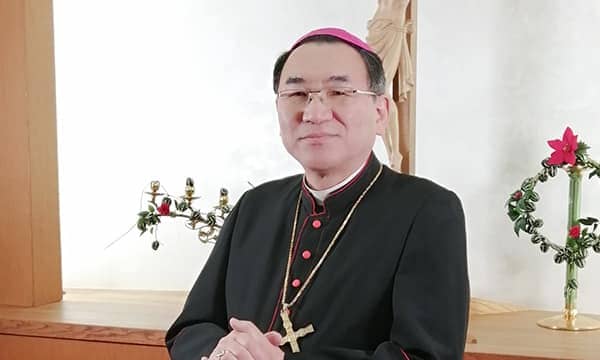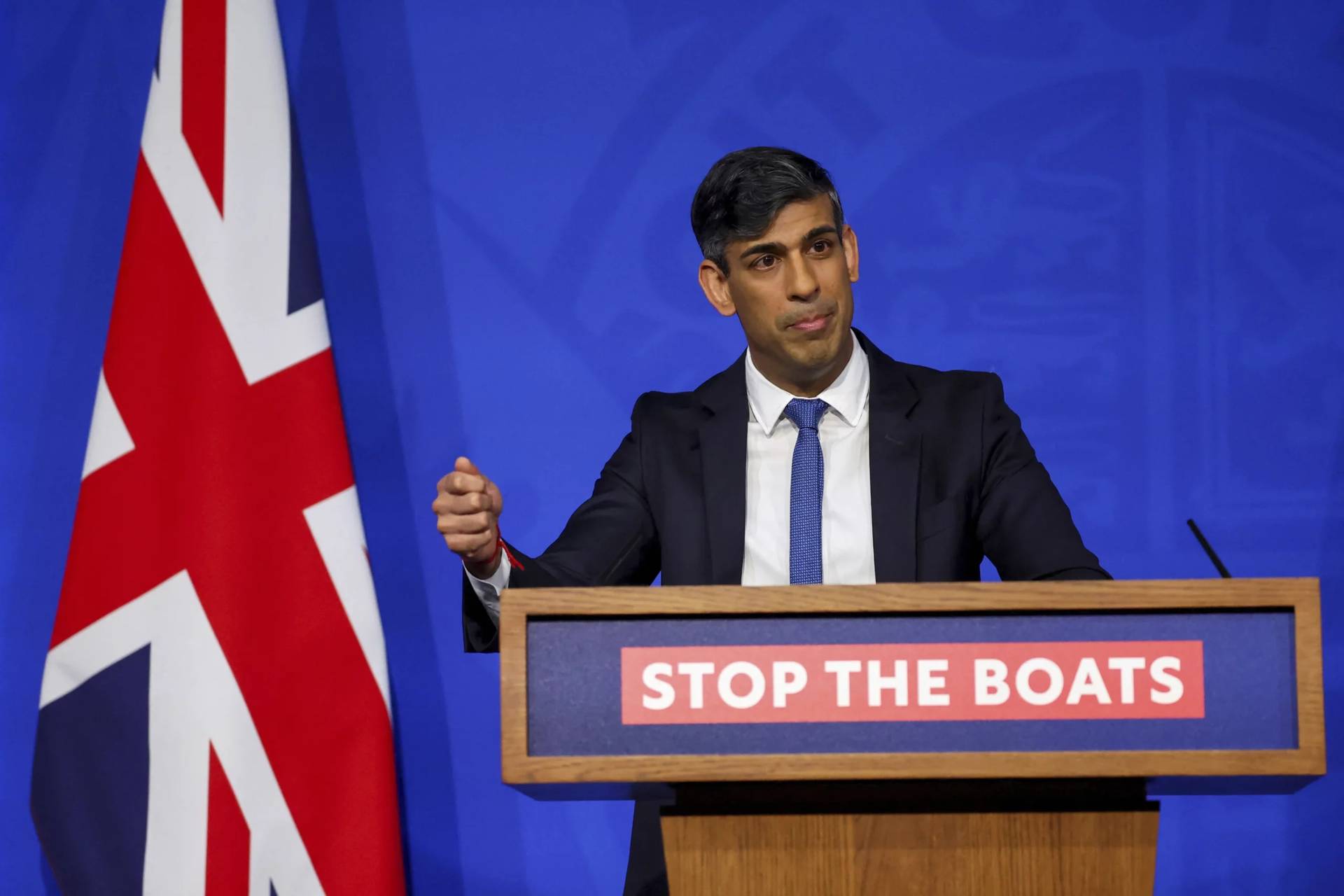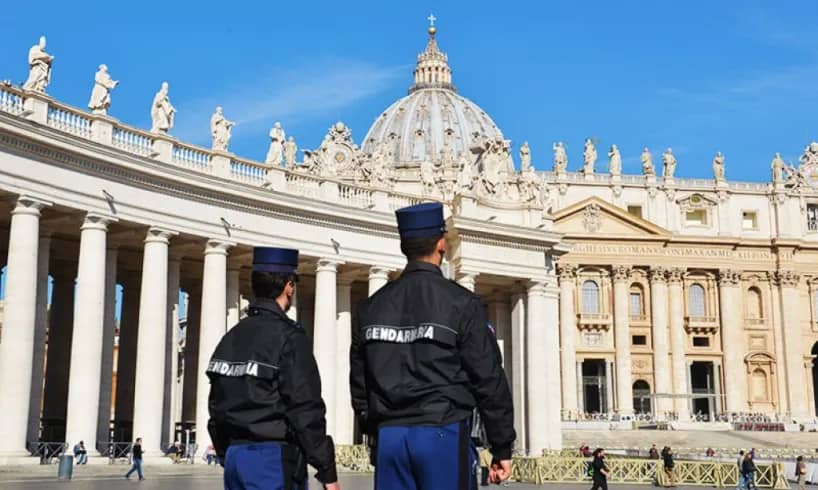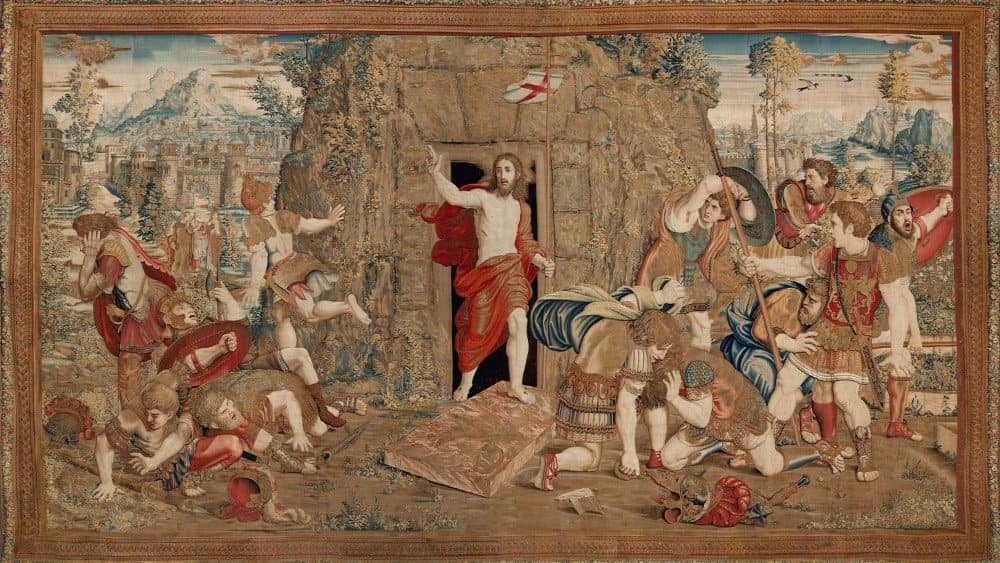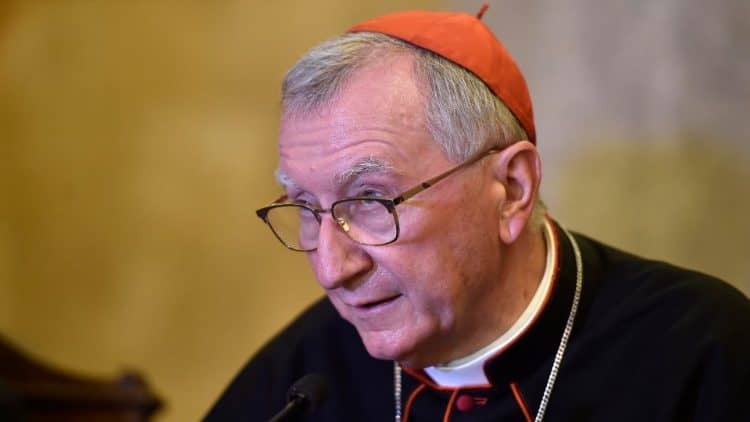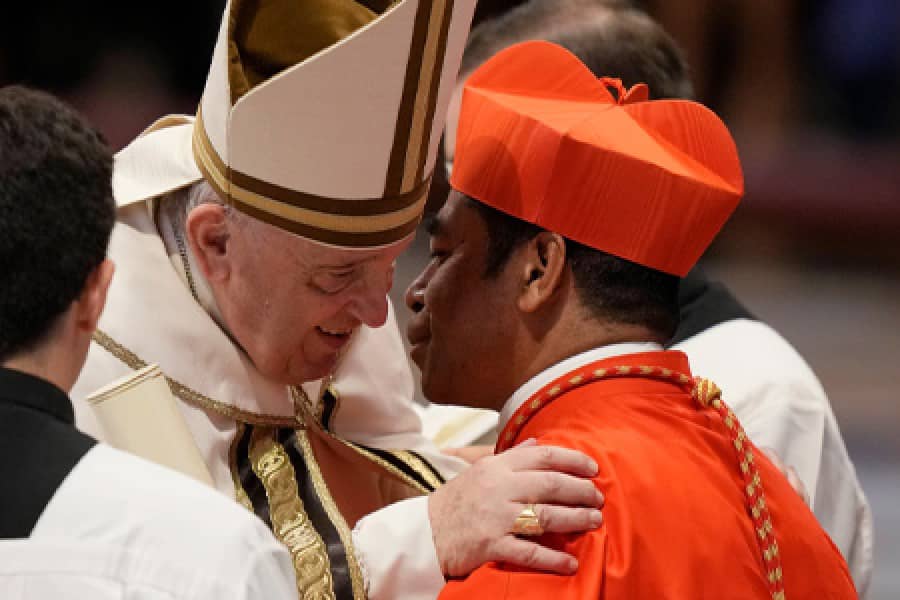SEOUL – Pope Francis is the first non-European pontiff in nearly 1,300 years, and the first ever from the developing world. In that light, one way to sum up his Aug. 13-18 trip to South Korea, marking his debut in Asia, is that it showed what a truly globalized papacy looks like in action.
The outing took Francis up and down South Korea by helicopter, train, even a budget Kia version of the Popemobile. The agenda underlying his frenzy of activity can be expressed in three basic points.
■ Socially, the pope focused on confronting the inequities of a globalized economy, promoting peace, and standing with the suffering.
■ Spiritually, he called Catholicism to reject a mission in Asia premised on conquest, and to embrace dialogue and service with the continent’s peoples and cultures.
■ Diplomatically, he pushed the Vatican beyond being seen as the “chaplain of NATO” by reaching out to China and even to North Korea.
None of that is completely new from a pope, as much the same could have been said about trips by both Popes John Paul II and Benedict XVI, though with slightly different accents. In South Korea, however, Francis brought special credibility given his background, and special appeal given his personality.
The globalized thrust was clear with the decision to come in the first place. Having already traveled to Latin America and the Middle East, Francis will visit Asia at least twice before heading anywhere in Western Europe or North America, with a January outing to Sri Lanka and the Philippines already on the books.
“Pope Francis has said clearly that Asia is a priority,” a Vatican spokesman said Sunday night in Seoul.
In terms of his social agenda, Francis stressed trademark concerns such as the rejection of what he called “inhumane economic models which create new forms of poverty and marginalize workers,” peace and reconciliation, especially for the divided Korean peninsula, as well as “responsible stewardship of the natural environment.”
On the opening day of his trip, he asked Koreans to show “special concern for the poor, the vulnerable and those who have no voice,” and to be a “leader in the globalization of solidarity.”
He provided examples of concern for those at the margins, making a point of reaching out throughout the trip.
On four occasions, Francis met family members of the victims of an April ferry disaster off the South Korean coast that left more than 300 dead, mostly high school students on a field trip. The disaster has sparked national outrage and angry demands for an independent criminal probe.
Francis wore a pin of a yellow ribbon on his papal cassock symbolizing solidarity, and even baptized the father of a victim, a Korean man named Lee Ho-Jin – who promptly took the baptismal name “Francis” in the pope’s honor.
On his last day in South Korea, Francis greeted a group of seven elderly “comfort women,” who had been forced into sexual servitude during the era of Japanese occupation. Mostly now confined to wheelchairs, they are poignant national icons here of the hardships under Japanese rule.
One presented Francis with a small pin of a yellow butterfly, symbolizing the suffering of the comfort women, at the beginning of a Mass Monday morning. The pontiff placed it on his vestment and wore it during the service.
Another striking moment came on a Saturday visit to a charity center outside Seoul, where Francis met a group of sick children, some of them severely disabled, and disregarded his schedule in order to individually greet and embrace everyone in the room.
Cardinal Oswald Gracias of Mumbai, president of the Asian bishops’ conference, told Francis on the penultimate day of the trip that his message had sunk in.
He said Asian Catholics learned from Francis to say no “to an economy of exclusion” and “an economy of selfishness,” and to say yes “to the cry of the poor, the needy and the lonely.”
On a spiritual and ecclesiastical level, much commentary heading into the trip focused on whether it might boost Catholic growth across Asia, a region where the church remains a small minority in most place despite impressive recent gains.
That’s especially true in South Korea, where the Catholic share of the population more than doubled from 1985 to 2005 and today stands at over 10 percent, over 5 million people. One famed Catholic commentator has dubbed it the “Asian Tiger of the Church.”
Francis, however, seemed to reject statistical measures for missionary success. Instead, he laid out a vision based on overcoming any vestige of cultural imperialism.
“Christians don’t come as conquerors,” he told a group of Catholic bishops from across Asia on Sunday. They don’t come, he said, “to take away the identity of anyone.”
Rather than pushy proselytism, Francis encouraged leaders of Asian Catholicism to “walk with” the peoples of Asia, in a spirit of “openness” and deep listening.
In a speech to Asian Catholic youth, he urged them to build “a holier, more missionary and humbler church,” one that “loves and worships God by seeking to serve the poor, the lonely, the infirm and the marginalized.”
Catholicism in South Korea seems to have a special appeal for Francis, given its roots not in priests or foreign missionaries, but rather 18th-century Korean laity who brought Christian texts home from China. It grew for almost a century without clergy, and for a pope who constantly warns against the temptation of “clericalism,” it seems a salutary reminder to priests that they’re not the whole show.
In terms of diplomacy, Francis reached out during this trip to both China and North Korea, nations that historically have been leery of the Vatican as a beachhead of Western influence.
In his speech to the bishops, Francis expressed hope that nations in Asia currently lacking relations with the Vatican will be open to developing them. While seven countries are on that list, the most notorious holdouts are China and North Korea.
Francis began his trip by becoming the first pope ever to fly over China, dispatching a friendly telegram to President Xi Jinping, and ended it with a Mass in Seoul to promote reconciliation, especially between the two Koreas.
Fr. Federico Lombardi, the Vatican spokesman, insisted that chessboard moves with China and North Korea were not the heart of the experience here, which he described as “more pastoral than political.”
Even so, the Vatican’s diplomatic posture vis-à-vis Asia felt stronger as Francis left than before he arrived.
This agenda was backed by the pontiff’s strong personal charisma, who showed in South Korea that his popularity isn’t just a Western artifact, or Latin American, but a force with a global reach.
He was a hit virtually everywhere. A group of Korean pop stars recorded a video in his honor, while an estimated 800,000 people flooded a square in downtown Seoul on Saturday to watch him beatify 124 Korean martyrs.
Francis even delivered a shot in the arm to the local economy, as hotels in downtown Seoul were at capacity and a local restaurant association reported a spike in reservations. Asiana Airlines said its ticket sales were up ten percent compared to the same period last year, and Korean Rail had to add six trains to keep up with demand.
One unscripted moment came when Francis made a stop at Sogang University in Seoul that wasn’t on the official program. It offered a reminder that the pope is a Jesuit, the storied Catholic religious order that runs the school.
Some time ago another famous Jesuit, a German theologian named Karl Rahner, made a prediction that seems especially prescient in light of this week’s events. He forecast that the Second Vatican Council, a gathering of bishops in the mid-1960s that launched Catholicism on a reform path, would be remembered as the moment when the church became a truly global family of faith.
It’s been almost fifty years since Vatican II ended, but in the wake of what happened over these five days in South Korea, it seems more than ever that Francis is determined to prove his fellow Jesuit absolutely right.









